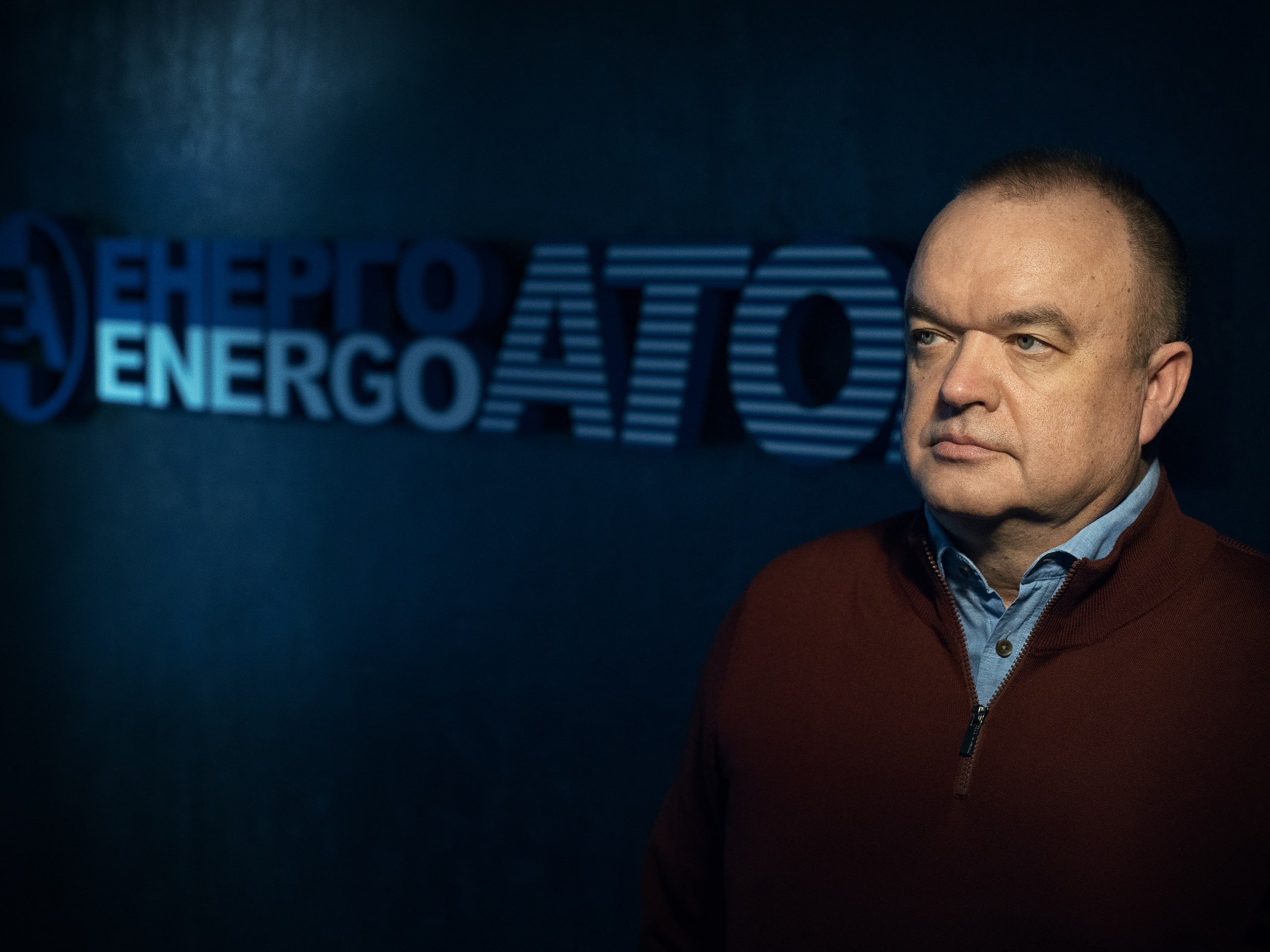Ukraine completely abandoned russian nuclear fuel. If other countries do the same, russia will lose up to USD 2.5 bln in the next 5 years

russia's predatory war against Ukraine pinpointed the issue of diversification of nuclear fuel supply for countries with nuclear power.
The world already has the experience of refusal of russian oil and gas, while nuclear fuel for nuclear power plants is the next step. And Ukraine became the first in this process.
Until 2022, nuclear fuel for Ukrainian NPPs was supplied from russia (TVEL) and the USA (Westinghouse). In the very first days of the russian invasion, Energoatom ceased all cooperation with rosatom, including nuclear fuel purchases. Due to this, during the aggressive war against our country, russia lost considerable funds.
Ukraine had a hereditary dependence on the russian federation in the nuclear industry, given the VVER-440 and VVER-1000 power units were built back in Soviet times. However, despite this, Energoatom and Westinghouse launched the process of pushing russia out of the nuclear fuel market, which turned out to be more than successful.
According to their own information, the state corporation rosatom net income declined 14% over the past year. However, trusting the russians is fooling yourself. They do not publish net profit data in the annual report, but only acknowledge falling profits. Therefore, you can surely double this percentage.
Sanctions imposed against rosatom and nuclear industry in general are of great importance as well.
Thus, Bulgaria and the Czech Republic decided to replace russian fuel with American Westinghouse and French Framatome. They refused the services of the russians for the construction of the NPP in Finland (it is about the losses of the russians for approximately 7 billion euros).
The Swedes also announced their refusal to cooperate with russia. Slovakia has no desire to purchase fuel from the aggressor as well. The list of countries could be continued.
But let's go back to the beginning of russia's war against Ukraine. With the advent of our team at Energoatom, a clear irreversible course was taken to completely refuse the supply of nuclear fuel from the aggressor country.
Since 2020, we have not purchased any russian fuel. In this way, Energoatom took the first step towards getting rid of dependence even a few years before 2022 by stockpiling American fuel.
Even before the beginning of the full-fledged invasion, the budget of the russian federation underwent the loss of the profit from the fuel supply. Moreover, if the work on fuel for VVER-1000 power units was carried out for a long time and it was already used at Ukrainian NPPs, then the developing fuel for VVER-440 became revolutionary and breakthrough.
The contract for the supply of the relevant VVER-440 fuel assemblies was concluded in September 2020 with the participation of the President of Ukraine Volodymyr Zelenskyy.
The fuel was supposed to be manufactured in 2024. However, even despite the full-fledged war, we accelerated the process by one and a half years. As soon as September 2023, the fuel manufactured by Westinghouse involving Energoatom specialists was successfully loaded into the domestic reactor.
This became a powerful signal for the countries of Eastern Europe, which currently operate almost two dozen reactors of Soviet design (VVER-440). This issue is both political and economic.
Therefore, Ukraine became the first and, unfortunately, the only country in the world to convert power units of Soviet design (both VVER-1000 and VVER-440) to nuclear fuel manufactured by Westinghouse.
If other European countries switch to the already tested fuel for reactors of the VVER-440 type, russia will not have a profit of at least USD 2 to 2.5 bln in the next 5 years.
The next stage of the russian monopoly destruction, which began more than two years ago, was the preparation for the production of fuel assemblies’ components, namely, top and bottom nozzles.
These components will be used to manufacture nuclear fuel for Energoatom at the Westinghouse facility in Västerös, Sweden. The next task is the construction of a new assembly line.
Therefore, due to its in-house production, since 2026, Ukraine will be able to provide itself with its own nuclear fuel by 50%. Westinghouse will cover the other half.
In-house production of nuclear fuel is much more profitable than its importing. Moreover, it’s not just the price that matters. Under the condition of in-house production, additional taxes will be paid into the Ukrainian budget, new high-tech jobs will emerge, and we will have modern high-end manufacturing.
In such a way, Ukraine is implementing a "clean" energy and a decarbonized energy future transition strategy, in which the nuclear industry will play a key role.
In the coming years, Energoatom, in cooperation with Westinghouse, will be able to manufacture nuclear fuel for Soviet-type reactors, so that the countries of Eastern Europe will be able to get rid of their dependence on russian fuel.
Energoatom's powerful cooperation with the U.S. Westinghouse will hit russia on the energy front. The enemy's losses from losing the monopoly in nuclear fuel manufacture and construction of nuclear power plants could reach over USD 100 bln per year.
The enemy will not be able to spend these lost funds on the production of rockets and projectiles, with which it seeks to destroy our energy system in particular and the country in general. With this money, russia will not be able to equip its military and pay the salaries to its "nuclear workers" who occupied our ZNPP.
Therefore, Energoatom not only provides Ukrainians with sustainable clean energy, but also, together with its partners, hastens the Victory of Ukraine.
